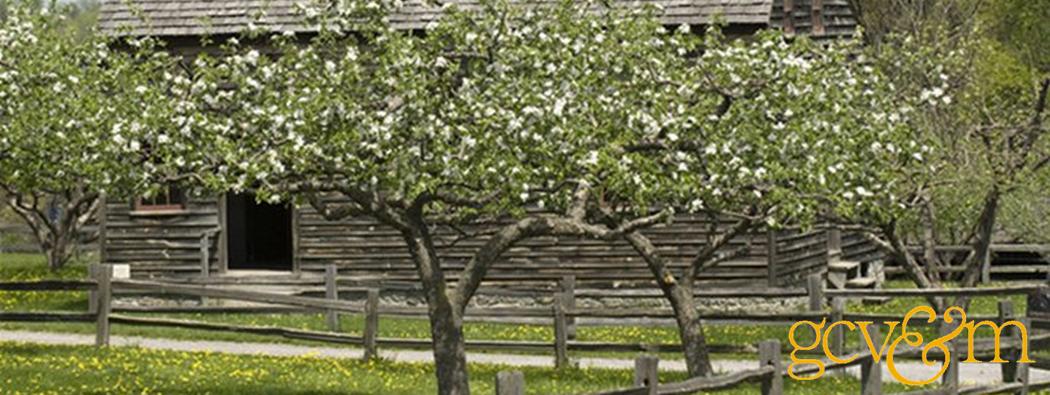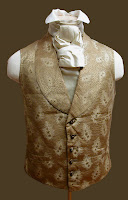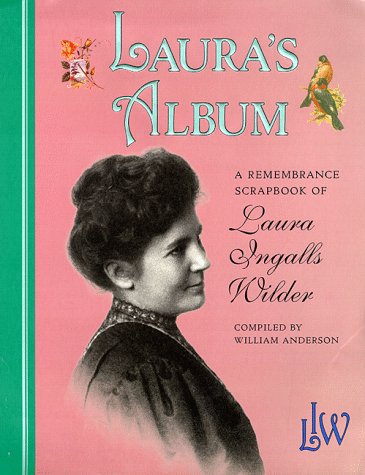This year at
the Jones Farm and
the Livingston-Backus house we are interpreting both around 1850 in order to show the contrast between the two buildings and their inhabitants.
The Jones Farm is a rural farm and farther from a market than the Livingston-Backus House. While they live above the subsistence level, they are not as well-to-do as the Livingston-Backus household and serve simple farm fare that they make themselves.
 |
| Recent Fare at the Livingston-Backus House |
The Livingston-Backus House's original location was on the Erie canal. Not only does this make it easier to come by many different ingredients, it is also a household of higher financial standing. They would have had servants to do the cooking and would have done more entertaining.
As an example of the difference between the dwellings, our Historic Foodways staff have researched marmalade two ways. In the first recipe by Miss Isabella Beeton, rhubarb is used to economize on the cost of the expensive oranges while still keeping the nice orange flavor of "real" Scottish marmalade. Apparently the best orange marmalade to be had mid-century was from Scotland, and Mrs. Beeton's was intended "to resemble" it, at least in flavor. Calling it Scotch marmalade is sort of a play on words too. This is the marmalade that we will be making at The Jones Farm.
Rhubarb and Orange Jam, to resemble Scotch Marmalade.The Book of Household Management 1859-61 by Mrs. Isabella Beeton
1 quart of finely-cut rhubarb
6 oranges
1–1/2 lb. of loaf sugar.
Peel the oranges; remove as much of the white pith as possible, divide them, and take out the pips; slice the pulp into a preserving-pan, add the rind of half the oranges cut into thin strips, and the loaf sugar, which should be broken small. Peel the rhubarb, cut it into thin pieces, put it to the oranges, and stir altogether over a gentle fire until the jam is done. Remove all the scum as it rises, put the preserve into pots, and, when cold, cover down. Should the rhubarb be very old, stew it alone for ¼ hour before the other ingredients are added.
The Livingston-Backus house will feature a marmalade made entirely from oranges, being that they are considered expensive, and a luxury.
Orange MarmaladeMiss Leslie's new cookery book, 1857
By Eliza Leslie
Quarter some large ripe oranges, and remove the rind, the seeds, and the strings or filaments, taking care to save all the juice. Put the pulp, with the juice, into a porcelain kettle, and mix with it an equal quantity of strained honey, adding sufficient powdered loaf sugar to render it very thick and sweet. The honey alone will not make it sweet enough. Boil it uncovered, and skim it till very thick, smooth, and clear. Taste it, and if necessary add more sugar, and boil it longer. When cold, put it up in tumblers or white-ware marmalade pots, and cover it securely. This marmalade is exquisite, and very superior to any other.
This weekend you will be able to taste the "Scotch Marmalade" at
The Jones Farm.
 If you thought it was too late to sign your kids up for Summer Camp think again! We still have a few spots avaliable in many of our Summer Sampler and Earth Camps! We have classes and camps avaliable for kids 4-17 and something for almost every interest!
If you thought it was too late to sign your kids up for Summer Camp think again! We still have a few spots avaliable in many of our Summer Sampler and Earth Camps! We have classes and camps avaliable for kids 4-17 and something for almost every interest! 





















